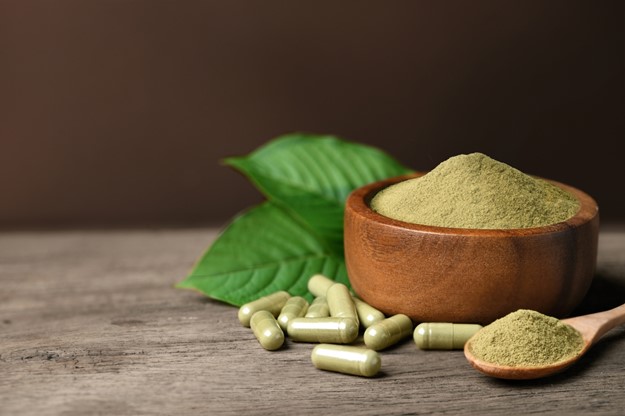
Kratom, scientifically known as Mitragyna speciosa, is a tropical evergreen tree that has been a staple in the natural landscape of Southeast Asia for centuries. This plant, indigenous to Thailand, Indonesia, Malaysia, Myanmar, and Papua New Guinea, has a rich history intertwined with the cultures and traditions of these regions. From its traditional uses to its modern appreciation, kratom’s journey reflects a fascinating blend of cultural significance and contemporary interest.
The Traditional Roots of Kratom
The use of kratom leaves dates back several centuries in Southeast Asia, where it was utilized for various cultural and practical purposes. Traditionally, kratom was a part of the socio-religious fabric of the communities in these regions. The leaves of the kratom tree were chewed by farmers and workers to uplift their spirits and sustain energy levels during long and strenuous days of labor under the sweltering sun. It was not just a tool for physical endurance but also a spiritual companion, believed to bring good luck and protection from harm.
In many communities, kratom played a ceremonial role, used in rituals and healing practices. It was a natural remedy, a part of the folk medicine practiced by traditional healers who valued kratom for its uplifting qualities. These traditional uses were deeply embedded in the way of life, passed down through generations as an inherited wisdom about living in harmony with nature’s bounty.
Kratom’s Cultural Significance
Beyond its practical applications, kratom held a place of cultural significance. In some societies, it was a symbol of hospitality and social bonding. Offering kratom to guests was a gesture of welcome, an expression of community and fellowship. This tradition highlighted the plant’s role in social interactions, where its consumption facilitated conversation and strengthened communal ties.
Kratom was also associated with rituals and festivals, sometimes used in religious ceremonies to prepare participants for spiritual experiences. Its place in these diverse cultural contexts underscores the multifaceted relationship between Southeast Asian societies and this natural resource, a relationship that is reflective of a broader respect for and reliance on the natural world.
The Shift Towards Modern Appreciation
In recent years, kratom has transcended its traditional boundaries, gaining popularity in Western countries. This modern appreciation of kratom is part of a larger global trend towards natural and alternative sources of upliftment and focus. While the traditional contexts of kratom use are rooted in physical labor and spiritual practices, the modern interest often revolves around its potential to enhance daily life, offering a natural means of uplifting mood and improving focus for tasks and studies.
The global spread of kratom has been facilitated by the digital age, with the internet playing a crucial role in introducing kratom to new audiences. Online forums, social media, and e-commerce platforms have allowed for the exchange of information and experiences related to kratom, creating a new community of users who share insights and advocate for its appreciation.
Challenges and Controversies
As kratom’s popularity has grown, it has not been without controversy. Regulatory bodies in several countries have debated its legal status, concerned about its safety and potential for misuse. These debates often reflect a lack of comprehensive scientific research on kratom and its effects, leading to polarized opinions and regulatory inconsistencies. Despite these challenges, advocacy groups and scientific communities continue to push for more research and a balanced approach to understanding kratom’s place in both traditional and modern contexts.
Preserving Cultural Heritage While Embracing Modernity
The story of kratom is a testament to the complex interplay between tradition and modernity. As kratom continues to gain global recognition, there is a growing need to respect and preserve its cultural heritage. This involves acknowledging the traditional knowledge and practices of Southeast Asian communities while also understanding the changing landscape of kratom use in a global context. Bridging this gap requires a nuanced approach that values traditional wisdom while embracing the benefits of modern science and global connectivity.
The cultural history of kratom, from its traditional use in Southeast Asia to its modern appreciation worldwide, reflects a deep and multifaceted relationship between humans and the natural world. As kratom navigates the challenges of global acceptance and controversy, its story offers insights into the importance of cultural heritage, the potential of natural resources, and the ongoing dialogue between tradition and modernity. In understanding kratom’s journey, we are reminded of the broader themes of cultural exchange, adaptation, and the search for balance in a rapidly changing world.